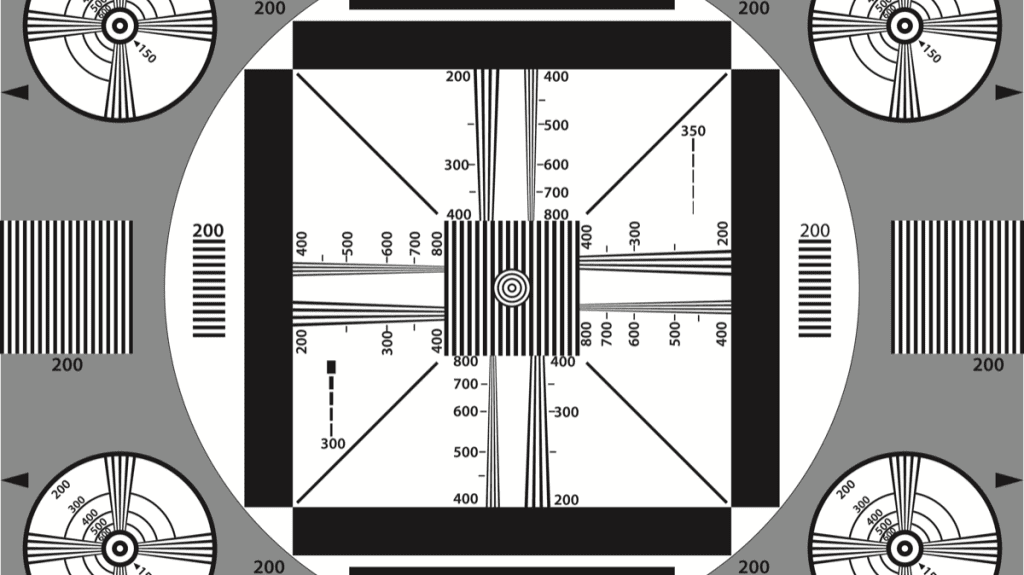
The Crystal Ball that was American TV in the Sixties
What do the Roomba (that’s robot vacuum cleaner for those not paying attention since the turn of the century), iPad, video chat and tanning bed all have in common? Well, that funny looking thing that rumbles along your floor with a mind of its own and the iPad (sorry Tim, you may own its generic name, but you guys didn’t invent it) come from the same fountain of inspiration as the tanning bed and video chat. It was an anonymous cartoonist in the 1960’s who provided us with this clairvoyant technology, while working on an astonishingly influential TV show called The Jetsons.
The Jetsons was a futuristic (duh!) family show. it was one of only two animated series to appear during prime-time American television. Interestingly, the other was about cave dwelling prehistoric families, called The Flintstones. Perhaps they were two respites from the ‘set in the present-day’ comedy offerings of the time. I can think of numerous examples. The Mary Tyler Moore Show and Bewitched, for instance, or dramas like Mission: Impossible and Dragnet. A respite they may have been, but the fact remains that next time you’re on a Teams meeting, you have to thank The Jetsons for that. Or come to think of it, you can blame them.
Creative Freedom Sparked American TV’s Crystal ball
The team of cartoonists and animators working on The Jetsons were asked to come up with ideas which reflected the incredible spirit of inventiveness that was America’s zeitgeist in the 1960’s.
Boy, did they deliver.
And if you’re wondering about the incredible technology behind universal translators, well, none other than Captain James T. Kirk of the USS Enterprise was using one. I clearly remember him talking to the Romulans back way back in Star Date 1963. In case you were wondering how old I am, I was watching reruns, okay?
It almost seems predictable that Star Trek would conjure up some hints of future tech application. Ah yes, the Smartphone, into which Spock would bark, begging Scotty to beam them up from whatever alien kill fest they rather wouldn’t attend.
It seems Star Trek is also claiming bragging rights to 3D printing, too. But I would argue that 3D printing was around a year or two before, in the aforementioned Mission: Impossible TV series.
There’s also one particular form of clairvoyant technology that emerged from Star Trek which has been mathematically proven to work. But it’s but just not possible yet: warp speed, aka faster than light.
Possible, that is, if you could harness the entire energy output of the Sun since its own cosmic birth, every time you accelerated to such speeds.
Perhaps the most intriguing example of tech clairvoyance, came a 60’s short story called The Sentinel. The Sentinel grew into the grandaddy of sci-fi movies, 2001: A Space Odyssey. In 1964, Arthur C. Clarke predicted that humankind would ‘no longer commute, but communicate.’
The truths in that statement are, well, you tell me.
To conclude this piece now would be an injustice to the seed of all the technology I’ve written of, which was planted before the 1960’s.
Quite a lot before.
The birth of technology
The seed was the use of nothing as a numerical value in mathematic. The number zero. Without whose presence algebra, algorithms and calculus would not exist. These are the three pillars of mathematics, supporting every single equation or formula written down in the last two millennia.
And you thought this article is about the crystal ball of American ingenuity in the 1960’s. When actually it’s about the clairvoyant technology genius of India, 2000 years ago.
Inside Telecom provides you with an extensive list of content covering all aspects of the tech industry. Keep an eye on our Tech to stay informed and up-to-date with our daily articles.